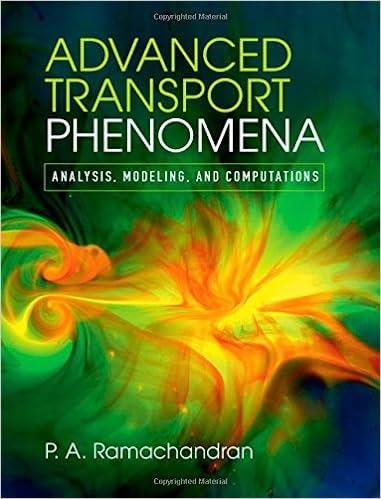Verify that the fluctuating component of velocity (2D assumption) satisfies the following equation: [begin{equation*}frac{partial v_{x}^{prime}}{partial x}+frac{partial v_{y}^{prime}}{partial
Question:
Verify that the fluctuating component of velocity (2D assumption) satisfies the following equation:
\[\begin{equation*}\frac{\partial v_{x}^{\prime}}{\partial x}+\frac{\partial v_{y}^{\prime}}{\partial y}=0 \tag{17.52}\end{equation*}\]
The velocity components can be expanded as a Taylor series in \(y\). A cubic approximation to the velocity is then as follows:
\[v_{x}^{\prime}=a_{0}+a_{1} y+a_{2} y^{2}+a_{3} y^{3}\]
and \[v_{y}^{\prime}=b_{0}+b_{1} y+b_{2} y^{2}+b_{3} y^{3}\]
Use the no-slip condition to show that \(a_{0}=0\) and \(b_{0}=0\).
Also, since \(v_{x}\) near the wall does not change with \(x\), show that \(b_{1}=0\).
Hence suggest an expression for the expansion of turbulent shear stress near the wall. How does it compare with the Prandtl mixing-length theory? Does the linear relation of the turbulent stress with \(y\) hold?
Step by Step Answer:

Advanced Transport Phenomena Analysis Modeling And Computations
ISBN: 9780521762618
1st Edition
Authors: P. A. Ramachandran





